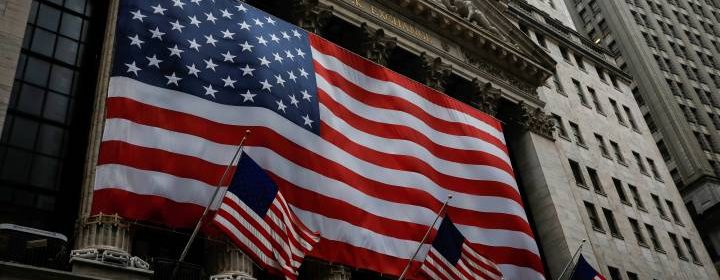Coronavirus: ‘Worst is over,’ New York governor says, as some states eye reopening

Six states in the U.S. Northeast took the first tentative step on Monday toward reopening their economies by forming a regional panel to develop a strategy for the gradual lifting of restrictions aimed at stanching the coronavirus pandemic.
The announcement of the panel, to include economic and health officials from each state as well as the chief of staff of all six governors, came after U.S. President Donald Trump insisted that any decision on restarting the economy was his to make.
The states of New York, New Jersey and Connecticut, with a total population of 32 million, will join with neighboring Delaware, Pennsylvania and Rhode Island in coordinating their efforts to reopen the economy as more signs the outbreak has stabilized emerged over the weekend.
The joint planning reflected growing concern among health officials and political leaders that easing stay-at-home orders too soon could allow the pandemic to re-accelerate, undoing hard-won progress the country has made in recent weeks.
“Nobody has been here before, nobody has all the answers,” New York Governor Andrew Cuomo said during an open conference call with his five counterparts. “Addressing public health and the economy: which one is first? They’re both first.”
Cuomo said earlier on Monday that reopening “is a delicate balance” that involved “recalibrating” which businesses and activities are essential.
The number of deaths reported in the United States overall on Sunday was 1,513, the smallest increase since April 6. The largest number of fatalities is still in and around New York City, the most populous U.S. city with about 8.4 million people.
Tensions between state governors and U.S. President Donald Trump have bubbled up since the outbreak worsened a month ago and surfaced in the debate about when and how to restart economic activity.
[ Sign up for our Health IQ newsletter for the latest coronavirus updates ]
“It is the decision of the president, and for many good reasons,” Trump said on Twitter on Monday. He went on to write that his administration was working closely with the governors.
“A decision by me, in conjunction with the governors and input from others, will be made shortly!” Trump’s tweet said.
Wyoming reported its first death from the coronavirus on Monday, the final U.S. state to report a fatality.
Official statistics, which exclude deaths outside of hospitals, have understated the actual number of people who have succumbed to COVID-19, the respiratory disease caused by the new coronavirus, health experts said.
More than 10,000 people have died in New York state, and the death rate was “basically flat at an horrific level of pain and sorrow,” Cuomo said, referring to a flattening of the curve as seen on a graph.
In New York City, three indicators have to show a sustained decline before the city could consider the outbreak to be in a less dangerous phase, Mayor Bill de Blasio said: the daily number of people admitted to hospitals, the number of people in intensive care units, and the percentage of positive tests for the virus.
New York City Health Commissioner Dr. Oxiris Barbot acknowledged a “tightening” of the supply chain for swabs needed in coronavirus testing, and said it was part of a “national and international challenge” to ramp up testing.
Chris Sununu, the Republican governor of New Hampshire, said testing for the coronavirus had improved “but we don’t have enough. Nobody has enough.”
“There’s just a limited supply for a massive amount of demand,” Sununu told CNN.
To ease the impact of the shutdown on the U.S. economy, the two top Democrats in the U.S. Congress urged Republicans on Monday to authorize more funding for national testing. An effort to rush fresh assistance to U.S. small businesses stalled in Congress as the health emergency failed to overcome partisan differences between Republicans and Democrats.
Source: Read Full Article



